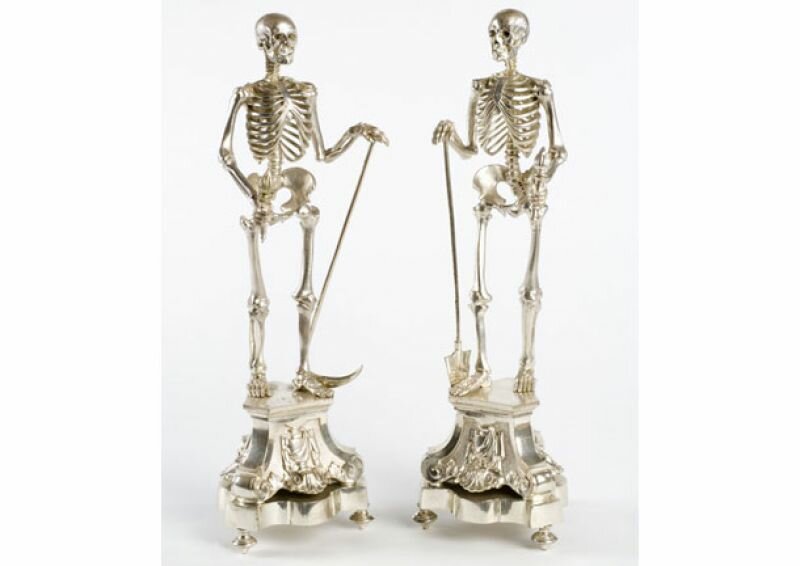
Death and life are inseparable. In the middle ages, this was manifest in a specific type of object, the ‘memento mori,’ which literally translates into ‘remember that you will die.’ In essence, the message is the same as the gnothi seuton (γνωθι σεαυτόν) of the ancient world, but instead of using the knowledge of impending death as an excuse to live life to the fullest, the middle ages focused their living days on ensuring that both the act of dying and the afterlife would be as painless as possible.

"What we (once) were, you are (now), what we are, you shall be (Quod fuimus, estis; quod sumus, vos eritis). Affluence, beauty, and fame will pass. Show penance for your sins and live a simple life from this day forth, then you shall live eternally in the glory of God."

Second half of the 16th century
KMKG
This text was written for the exhibition ‘Tussen Hemel en Hel. Sterven in de middeleeuwen’ in the Jubelparkmuseum from 2.12.2010 until 24.04.2011